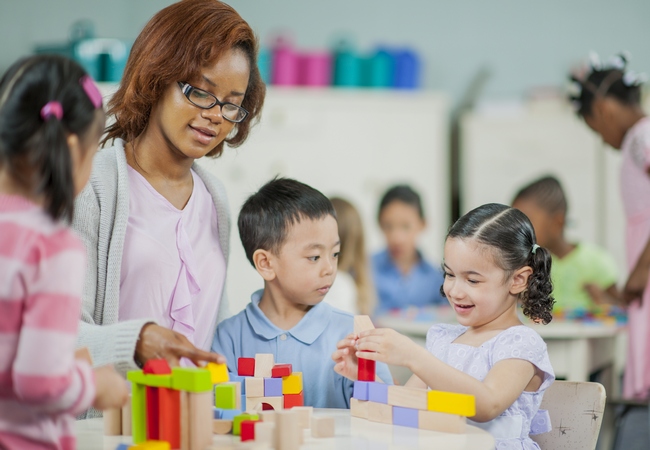8 Different Domains of Child Development
Concept about Domain of Development:
In relation to human development, the word “domain” refers to specific aspects of growth and change. Major domains of development include social-emotional, physical, language and cognitive. Kids often experience a significant and obvious change in one domain at a time, so it may seem that a particular domain is the only one experiencing developmental change during a particular period of life. In fact, however, change typically is also occurring in the other domains but it’s occurring gradually and less prominently.

Definition of Domain:
In relation to human development, the word “domain” refers to specific aspects of growth and change. Domain is an area of interest or an area which signify the functional capability of an individual.
8 Categories of Domain Related to Child Development:
Cognitive domain | Cognitive development involves the expansion of a child’s intellect or mental abilities; The cognitive process includes such mental activities as giving attention, discovering, interpreting, sorting, classifying and remembering information. Thinking capacity, problem solving, making judgments, thinking ahead, and understanding rules and concepts are linked to this domain. |
Motor domain | Motor development is a child’s ability to move and control various body parts. It is of two kinds; a) Gross motor: Gross, motor refers to movements of large muscle and joints such as sitting, walking, b) Fine motor: fine motor activities involve movements of small muscles and joints such as using |
Vision | The infant needs to acquire visual co-ordination with fine motor function to perform complex tasks such as dressing, writing. |
Hearing | During the later stages of pregnancy, the fetus responds to sound. At birth, a baby reacts to sound, but there is a marked preference for voices. The ability to locate and turn towards sounds comes later in the first 3 month of life. |
Speech | Language is a system that allows us to communicate with one another. It covers understanding the ideas of others as well as expressing own ideas in terms of spoken, written or sign of expression. Components of language are: Preverbal, Receptive; Expressive and Verbal. |
Social domain | Social development deals with the attitudes and relationship of the child with others. It begins under the guidance of parents and family members. When children enter group settings, they are further exposed to behaviors of social rules: and attitudes that foster culturally appropriate social developments. They learn to co-operate, disagree, share, communicate and assert themselves. |
Emotional domain | Emotion refers to how people / children feel about themselves and how they express it. Emotions such as love, joy and sorrow develop as children respond to life’s experiences with a full range of feelings. Observable behavior may be – a) Positive emotions: Characterized by the tendency to approach e.g. joy, love etc. b) Negative emotion: Have either avoidance or against quality e.g. Gar, rage etc. |
Autonomy domain | It is the process of learning to control oneself and a part of the environment with the goal of obtaining competency and self-care, self-development and independence. For example, being able to feed self, button one’s clothes, tie shoelaces etc. |

Maria Khatun Mona is a Founder and Editor of Nursing Exercise Blog. She is a Nursing and Midwifery Expert. Currently she is working as a “Senior Staff Nurse” at “Dinajpur Medical College Hospital”, Bangladesh. She has great passion in writing different articles on Nursing and Midwifery. Mail her at “maria.mona023@gmail.com”
